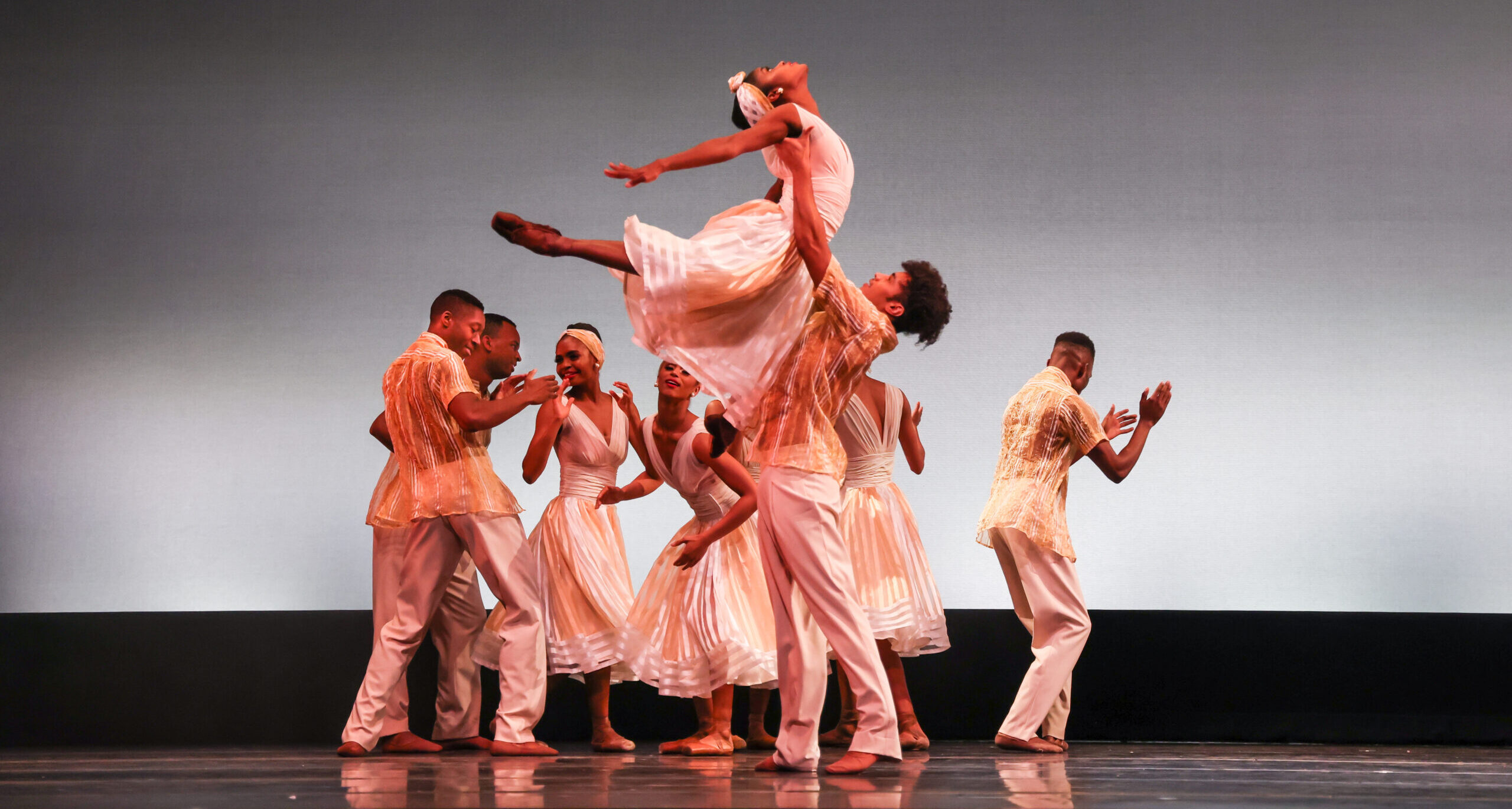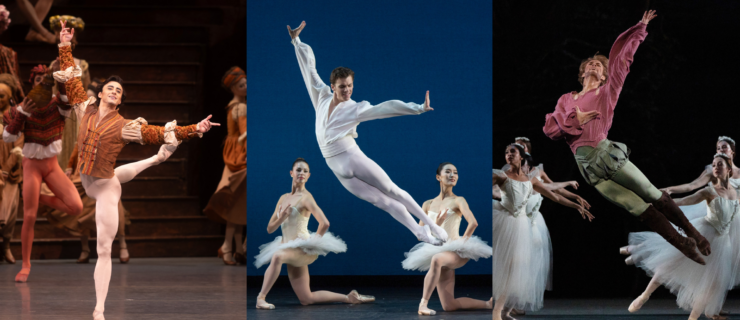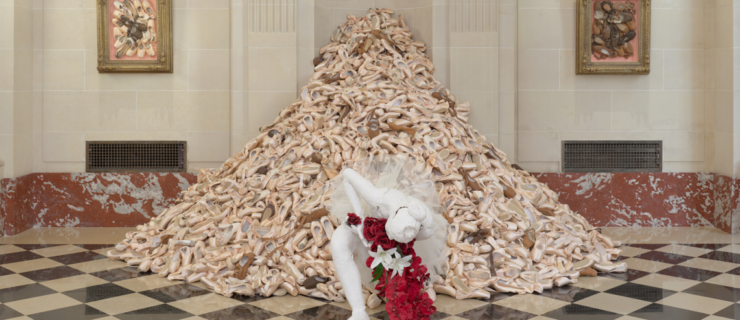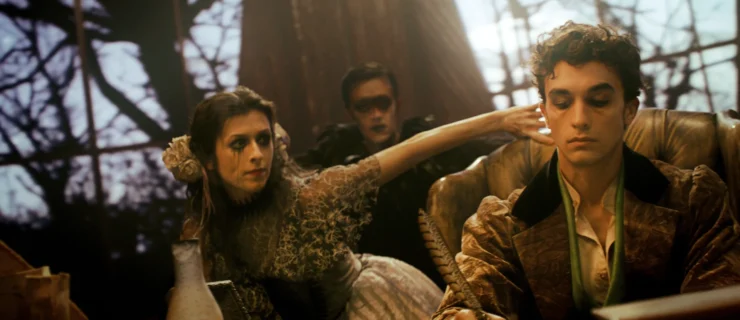Dance Theatre of Harlem Returns to New York City Center, With Two NYC Premieres and a Final Bow for Virginia Johnson
It’s hard to believe it was just 10 years ago when Dance Theatre of Harlem, on hiatus for nearly a decade due to financial troubles, was reborn under the leadership of former star ballerina Virginia Johnson.
“When Arthur Mitchell told me that I had to come back as artistic director, he said that I had to bring the company back,” says Johnson. Now, poised to celebrate the 10th anniversary of the relaunched DTH, the company’s second post-COVID season, and Johnson’s final season as artistic director, it’s safe to say that “the company’s really back,” as Johnson puts it.
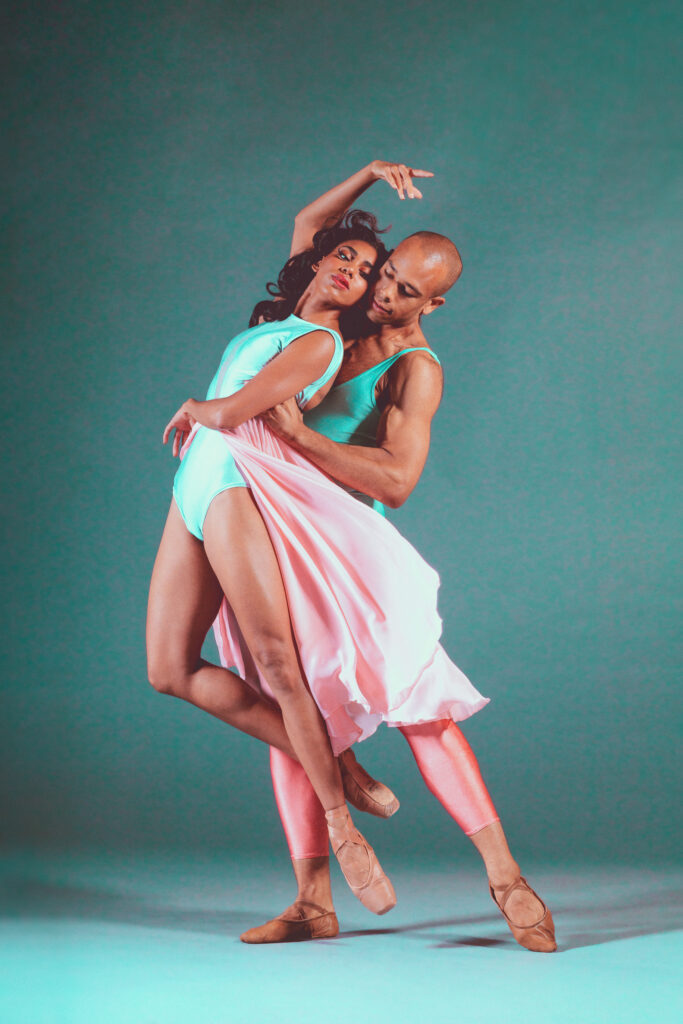
This celebration will take the form of a homecoming, as the company performs at New York City Center from April 19 to 23 for the first time since the pandemic with a slate of works that represent DTH’s past and future. Or, in the case of Tiffany Rea-Fisher’s Sounds of Hazel, which makes its New York City premiere after a long pandemic delay, both: The ballet explores the life of Hazel Scott, the groundbreaking musician and activist who Rea-Fisher says has been intentionally erased from history despite her significant contributions. “It represents one of the things I’ve been trying to do as artistic director, which is making sure we’re telling different stories, and bringing different voices to the stage,” says Johnson.
Scott’s story also mirrors the story of DTH itself. Though Scott was known during her time as a jazz artist, “she started out in classical music,” says Johnson. “But the perceptions of the time couldn’t understand that a young Black girl could be such an accomplished classical artist. That’s a story of our past that I don’t want to see continued.”
But don’t expect to see “struggle and strife” in the piece, says Rea-Fisher. “I’m not interested in any type of Black pain,” she says. “I was only interested in celebrating this incredible woman that everyone should know about. It felt disrespectful to go about the piece any other way.”
Rather than attempting to trace Scott’s biography, Rea-Fisher framed the piece around the geographies that shaped her: Trinidad, where Scott was born, Harlem, and eventually Paris. Each place has its own soundscape—a composite score that mixes Scott’s own compositions and vocal recordings with new music by composer and DJ Erica Blunt—and its own movement language, a combination of classical vocabulary and influences from the three cultures (articulating spines and clapping polyrhythms in the Trinidad section, for instance).
“It was really nice to do the research of who she was as a woman,” says Daphne Marcelle Lee, one of the dancers who portrays Scott. “I had to physically look at how she played the piano, keeping her elbows tucked next to her waist. I had to pick up on her style, her smile, the way she winked at the audience.”
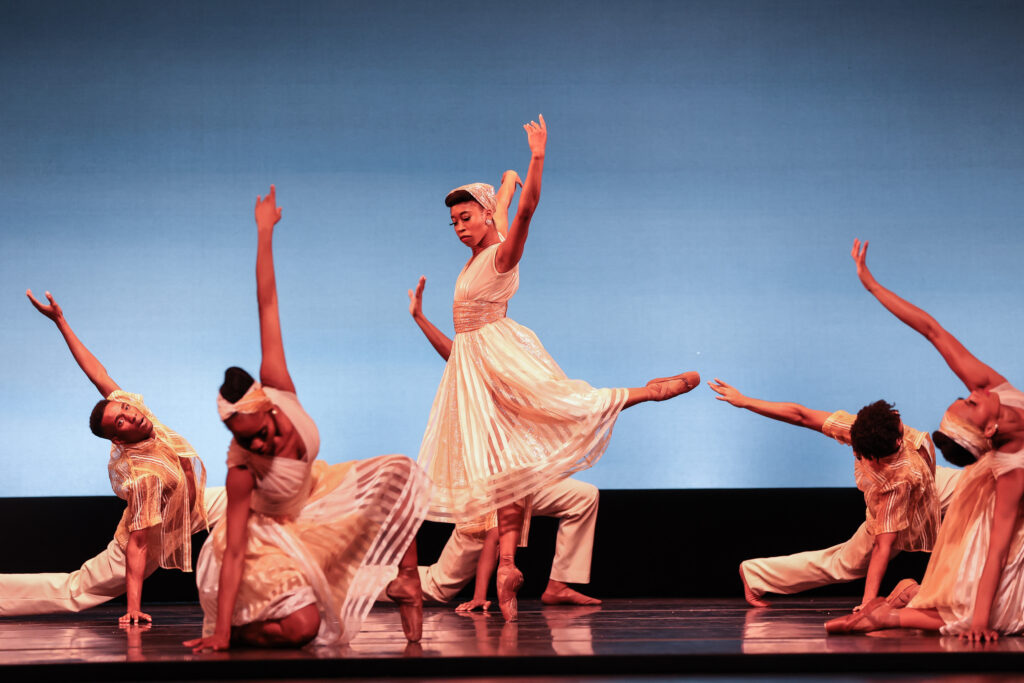
Another work making its New York City premiere is William Forsythe’s Blake Works IV, the newest iteration of the choreographer’s Barre Project, which began as a dance film created on Zoom in 2020. The piece has a unique structure—each dancer learns all of the solos, and the cast rotates for each show. This, says Lee, makes each performance thrillingly individual.
“We can all perform it the way we hear it,” she says. “Each dancer slays with their own musicality—it’s like being a rap artist, but instead of using your words you’re using the choreography and musicality. We’re all cheering each other on backstage—it’s like a party.” For Johnson, Forsythe’s inventive approach to classical ballet “is emblematic of DTH,” she says. “Having Blake Works on the program is important to me, because it’s signaling the future, as well.”
Other highlights of the three City Center programs include Allegro Brillante, a callback to DTH’s Balanchine roots; Nacho Duato’s audience-favorite Coming Together; and Higher Ground, by DTH resident choreographer Robert Garland, who will take over as artistic director on July 1.
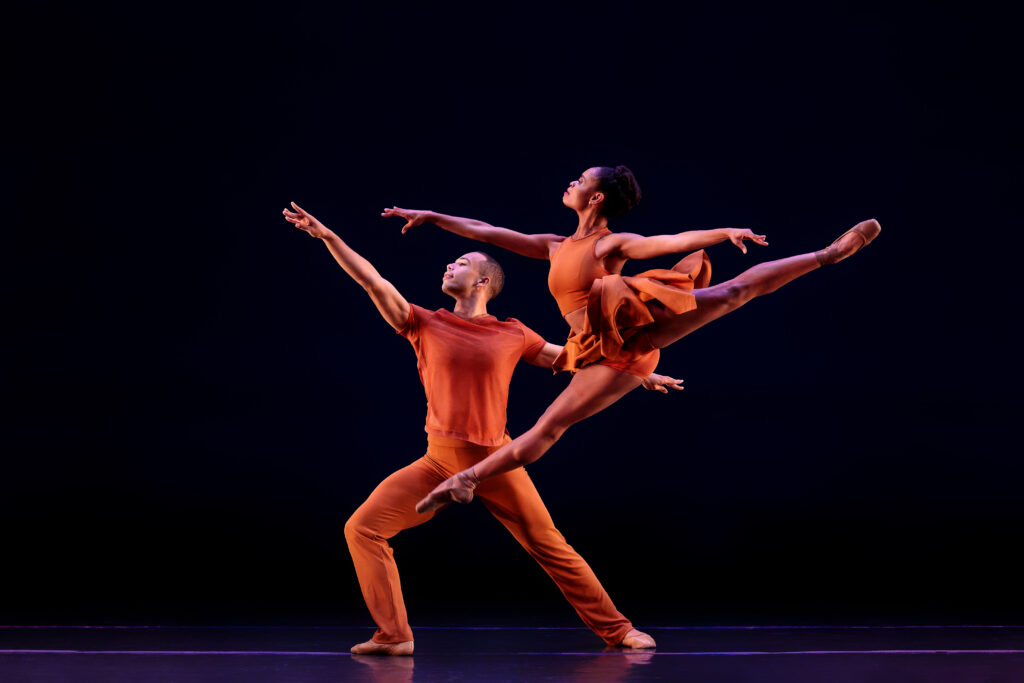
“It’s pretty cool that I can say I was one of those dancers under the Virginia Johnson reign,” says Lee, who is also taking her final bow with the company this season. “I had pictures of her on my wall growing up, so to be handpicked by her to join the company, and then to see her go through this transition—it feels historic.”
For her part, Johnson feels that after these 10 years following the company’s relaunch, she has fulfilled Mitchell’s directive, and can leave the company “with a sense of completion,” she says. “This is the right moment for somebody new to take this forward, to take it to the next level. I have a great sense of happiness.”
